Elasticity, Stress, And Strain
What is Elasticity?
Elasticity is defined as the capacity of a material to deform (by stretching, compressing or bending) when subjected to an external force, and then to return to its original shape once the force is removed. Essentially, elastic materials return after being stretched or compressed. The extent to which a material can revert to its initial shape, without undergoing permanent deformation, is determined by its elastic limit, beyond which the material deforms permanently or fractures.
Elasticity, Stress and Strain
Understanding elasticity requires knowledge of stress and strain, two related concepts.
-Stress is the force applied per unit area on a material. It is typically measured in pascals (Pa) or pounds per square inch (psi). It can be categorised as tensile stress (pulling), compressive stress (pushing) or shear stress (sliding forces).
-Strain is the resulting deformation observed when stress is applied to a material. It is a dimensionless quantity, calculated by dividing the change in length (or form) by the original length or form.
When stress is applied to an elastic material, it induces strain. Provided that the material remains within its elastic limit, the strain is reversible; the material subsequently returns to its original shape once the stress is removed.
The relationship between stress and strain is typically linear for elastic materials and is described by Hooke's law. This law states that the magnitude of the strain is directly proportional to the applied stress, given that the material stays within its elastic limit.
Common Elastic Materials
Different materials exhibit varying degrees of elastic behaviour. Common examples include:
-Rubber: Rubber is known for its high elasticity and can be substantially stretched before returning to its original shape once the force is removed. It is frequently used in products such as tyres, seals and elastomers.
-Steel: Steel is a strong, highly elastic material that exhibits only minor deformation under substantial load. Consequently, it is suitable for structural applications such as bridges and buildings.
-Wood: Wood exhibits a degree of elastic behaviour that permits it to bend under pressure without fracturing, particularly when utilised in beams and planks.
-Concrete: Although concrete is not highly elastic, it possesses sufficient elasticity for specific construction applications, especially when reinforced with steel (reinforced concrete).
-Polymers: Many polymers such as nylon and polyethylene exhibit measurable elasticity, making them suitable for applications in flexible packaging, textiles and medical devices.
Nitinol: An Intelligent Elastic Material
One example of an elastic material is Nitinol, a type of shape memory alloy that demonstrates distinct elastic characteristics. Nitinol is composed primarily of nickel and titanium and can retain a memory of its original shape.
-Shape Memory Effect: Nitinol can be deformed at a specific temperature and returns to its original shape upon heating. This property arises from a phase transition that occurs at a determined temperature, thereby enabling the material to revert to its predetermined form.
-Superelasticity: In addition to the shape memory effect, Nitinol exhibits superelasticity. This means that Nitinol can undergo significant deformation under load and still recover its original shape without permanent deformation, even when the applied load exceeds the material's normal elastic limit. Superelasticity is applied in medical devices such as stents, eyeglass frames and actuators.
The combination of high elasticity, shape memory behaviour and superelasticity has resulted in Nitinol being used in fields such as biomedical engineering, aerospace and robotics.
Frequently Asked Questions
What is the difference between elasticity and plasticity?
Elasticity refers to the ability of a material to return to its original shape after deformation, whereas plasticity refers to the capacity to undergo permanent deformation without fracturing. Elastic materials return to their original shape, while plastic materials do not.
Can all materials be considered elastic?
No, not all materials are elastic. Elastic materials are those that revert to their original shape following deformation. Materials such as glass, ceramics and brittle metals are more likely to fracture or shatter rather than return to their initial form, which renders them brittle rather than elastic.
How is elasticity measured?
Elasticity is typically measured by the elastic modulus, which indicates the stiffness of a material. It is determined by dividing the applied stress by the resulting strain.
Why is Nitinol used in medical devices?
Nitinol is utilised in medical devices because of its superelastic and shape memory properties. This allows the material to perform in dynamic environments where flexibility and the capacity to return to a predetermined shape are critical, for example in stents, guidewires and other surgical instruments.
How does temperature affect elasticity?
For many materials, elasticity can vary with temperature. As temperature increases, the material may become more flexible, or it may lose its elastic properties. For instance, Nitinol becomes more elastic at certain temperatures as a result of a phase transition, whereas many metals such as steel become less elastic at elevated temperatures.

 Bars
Bars
 Beads & Spheres
Beads & Spheres
 Bolts & Nuts
Bolts & Nuts
 Crucibles
Crucibles
 Discs
Discs
 Fibers & Fabrics
Fibers & Fabrics
 Films
Films
 Flake
Flake
 Foams
Foams
 Foil
Foil
 Granules
Granules
 Honeycombs
Honeycombs
 Ink
Ink
 Laminate
Laminate
 Lumps
Lumps
 Meshes
Meshes
 Metallised Film
Metallised Film
 Plate
Plate
 Powders
Powders
 Rod
Rod
 Sheets
Sheets
 Single Crystals
Single Crystals
 Sputtering Target
Sputtering Target
 Tubes
Tubes
 Washer
Washer
 Wires
Wires
 Converters & Calculators
Converters & Calculators
 Write for Us
Write for Us
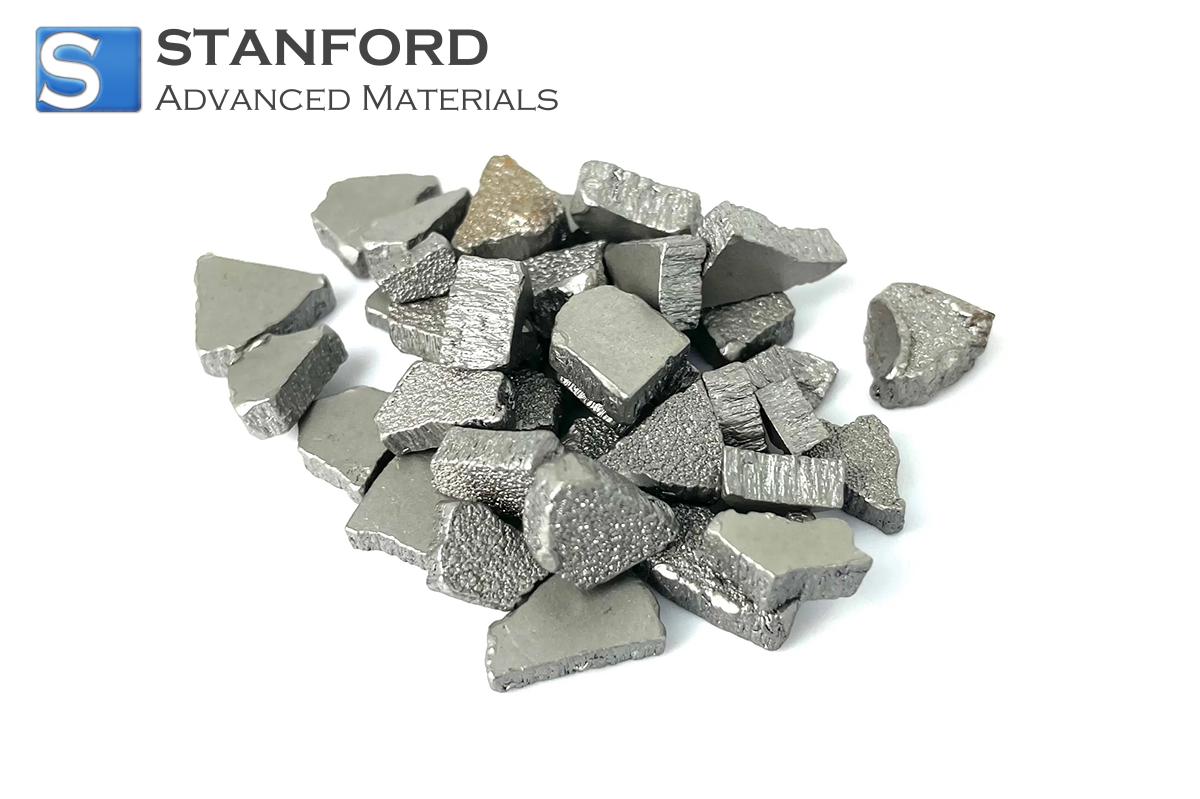
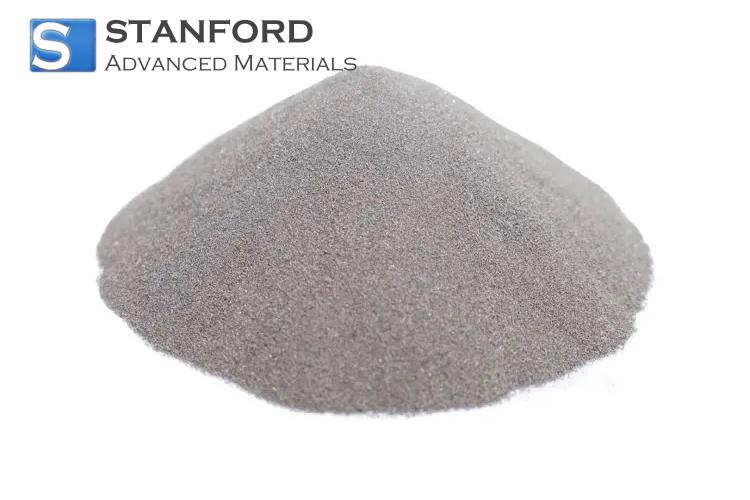
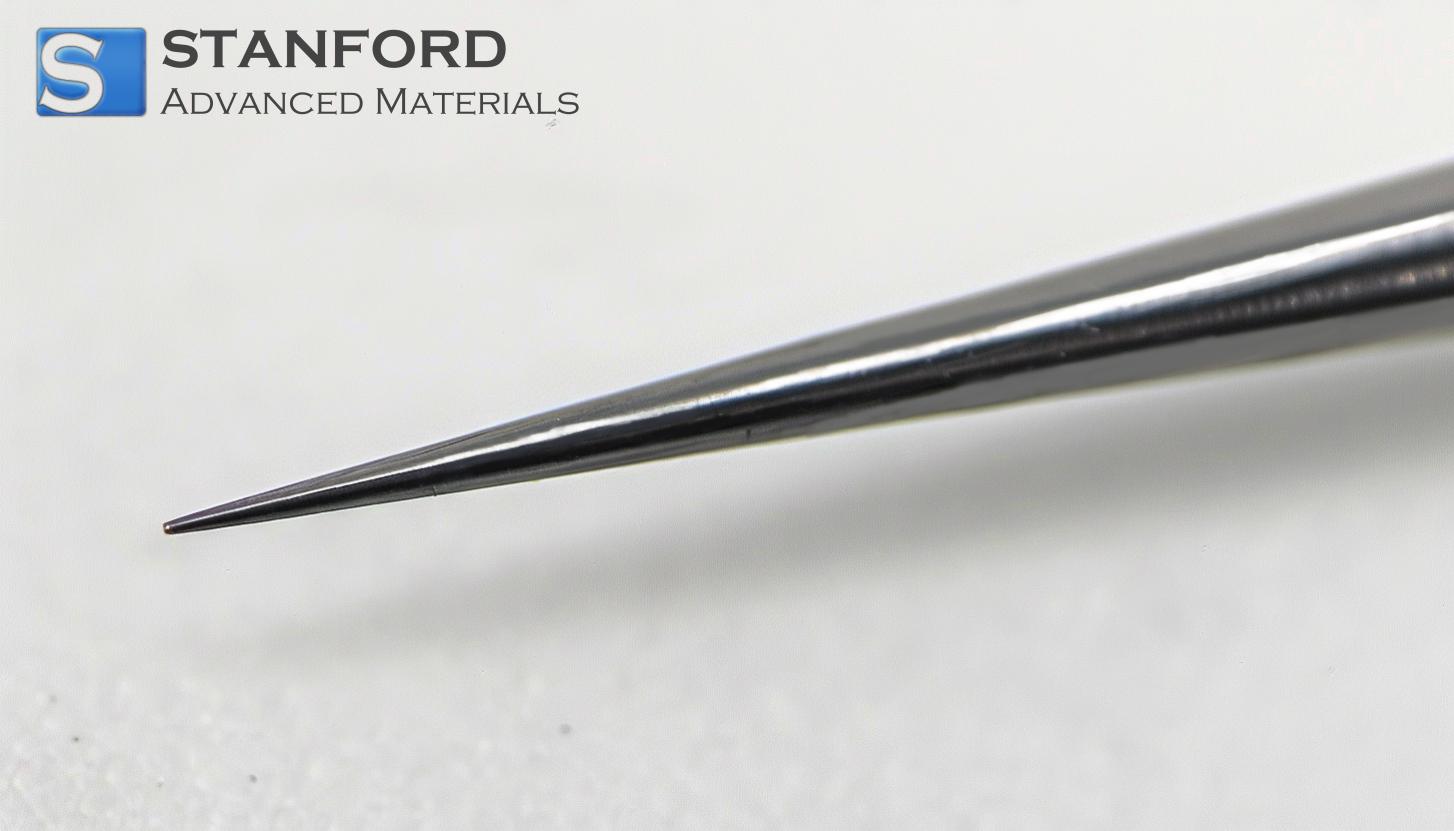
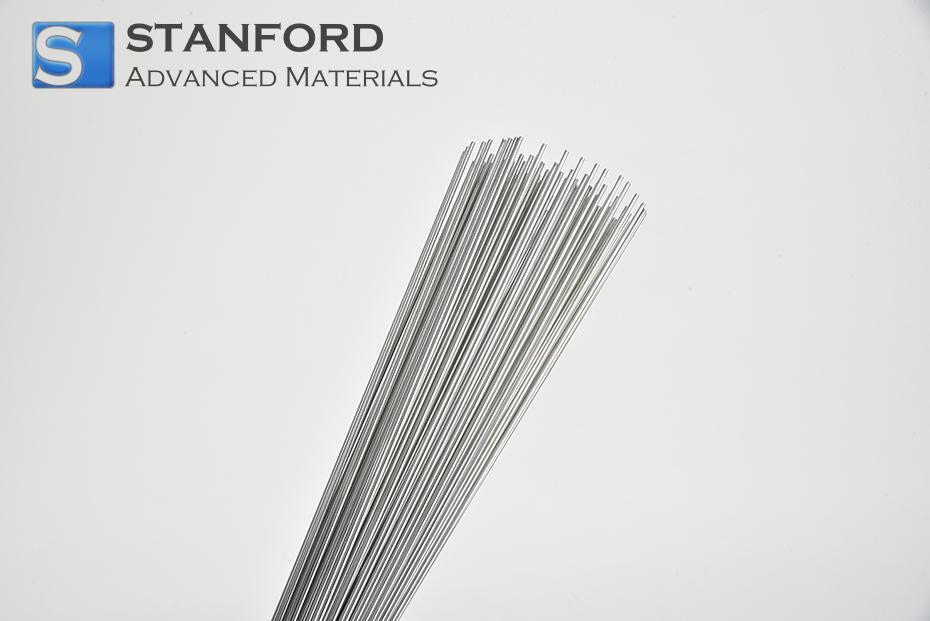
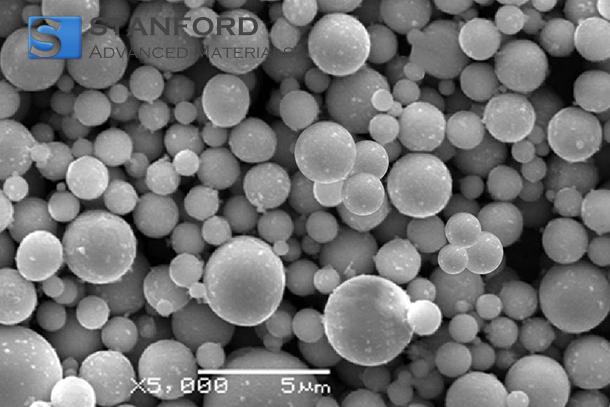
 Chin Trento
Chin Trento



